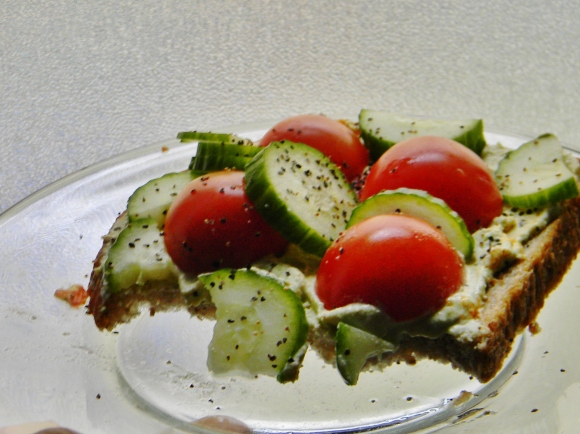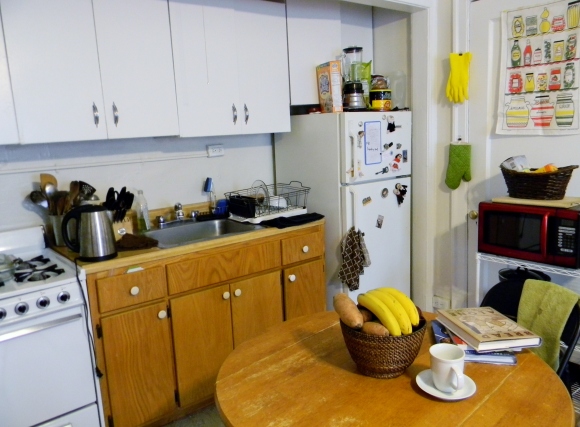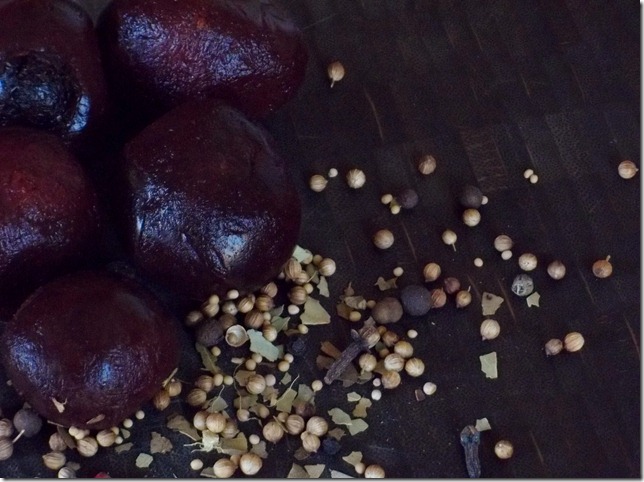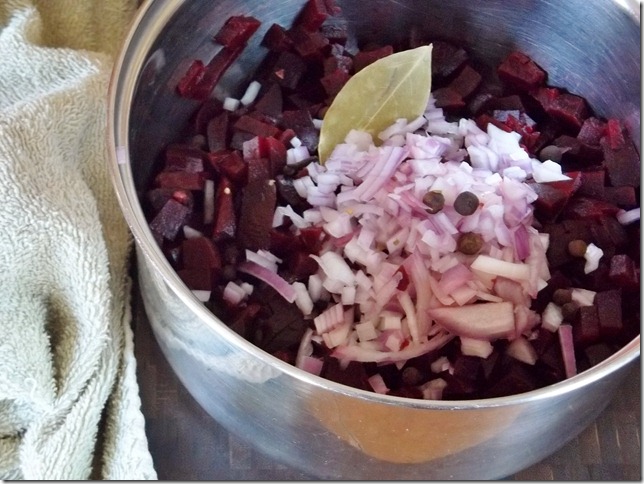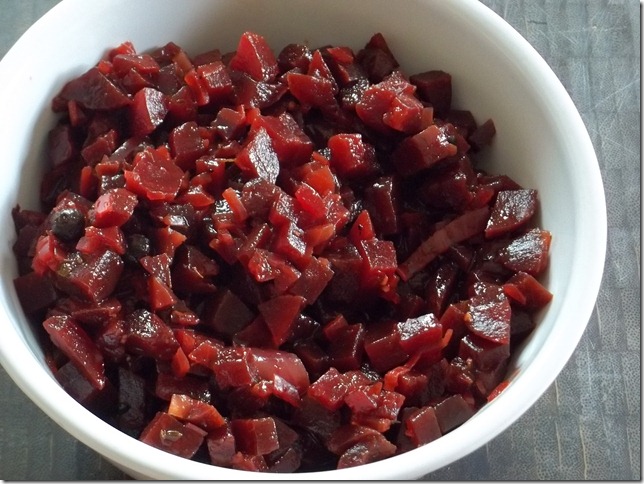Summer has finally come to the Midwest. I’ve been so busy enjoying the sunshine that I haven’t been doing much writing or cooking. Summer is a fleeting time in Chicago, it’s a brief respite between frosts. I have every intention of spending my sunny weekends enjoying the parks and beaches, lounging on decks and patios with ice cold lager beer and artisanal foodstuffs. My tiny kitchenette fills the apartment with radiating heat, so I keep the cooking and baking to a minimum from June through August. Summer is all about sandwiches and salads and feasting on the bounty of produce from neighboring fruit and vegetable markets.
So I thought I’d take a break to talk about books.
I guess you could say I’m a bit of a bibliophile. I am on intimate terms with books. I’ve studied them, I’ve collected them, there was a time in my life when I hoped to write them. I am endlessly fascinated by the written word. When I want to know something, I seek out expert advice. I ask the people who know what they’re talking about. I try and get my hands on the most definitive source.

When I was in college, I frequented my school library constantly. I was there for study and leisure. It was while perusing books on sewing and handicrafts, that I fell in love with the cook book shelf. It was a small section, of a shelf in a remote corner of the library containing mostly outdated and out-of-print cooking manuals, but it was here that I found the best cookbooks in the world, the TimeLife Foods of the World collection.
Never before and rarely since has a collection of cookbooks delved so thoroughly into the culture, history, poltics and artistry of international foodways. Stunning photographs? Check. Artfully crafted essays by big name food writers like Julia Child, M.F.K. Fisher and James Beard? Check. Well-written and easy to follow recipes? Check.

First published in 1968 and stretching into the early 1970s, Foods of the World encompassed a vast and never-before explored landscape of cuisine. The series ended at twenty seven volumes in length, covering everything from African Cuisine to The British Isles, Polynesia to Germany. I remember first reading “The Cooking of Scandinavia,” when I was reading about my Danish heritage. It was in those pages that I first learned about sürstromming and smørrebrød. The essays, written as personal travelogues by the various staff writers and cooking personalities of the day, shared intimate, first hand experiences of the cuisines and cultures from which they sprang. The Cooking of Scandinavia includes amazing recipes and descriptions of ingredients and meals, but also provides lush descriptions of the countryside, discussions about and with the local people who interact with the writer, and anecdotes of meals shared on native soil.

Time-Life Foods of the World The Cooking of Scandinavia cover

I collected my first three volumes from a second hand store shortly after discovering the series at the library. They were: The Cooking of Provincial France, American Cooking: Creole and Acadian, and American Cooking: The Eastern Heartland. I read and re-read those three volumes until I could practically recite them. The photographs from the Provincial France volume still make my heart skip a beat.

Photo by Mark Kauffman, Time-Life
Today I own ten volumes from the series and I keep an eagle-eye out for them whenever I’m thrifting. The books are out of print, but they are found in abundance at garage sales and second-hand stores. My favorite pasttime is to wake up on a Saturday morning, brew a pot of coffee and sit with my Foods of the World. No matter how many times I read them I seem to find new and interesting bits of food history. While the books are incredibly diverse in scope, they do have their downfalls. There are moments when they truly represent the late Sixties, a time when being culturally sensitive wasn’t really on the radar and when the term “politically correct” didn’t exist. For instance, in the volume on New England, the writer calls Native Americans “primitive farmers” who subsisted on, “lowly beans and squash.” Yeesh. Interestingly, out of the 27 volumes, eight of them are dedicated to “American Cooking” with no other country given the kind of detail and scope as the good ol’ USofA.

Sausages from The Cooking of Germany
Still, while the books might not be entirely subjective, they do preserve in amber a vanishing landscape of foodways. What I love about Foods of the World is how they capture a changing world. They focus on homemade, traditional foods that were, at the time, quickly being supplanted by pre-packaged convenience foods. The writers lovingly detail how to make the perfect french souffle, how to properly lard game, how to make head cheese in the traditional Ukranian method. They feature essays on the rustic housewives of Germany who knead dough for several hours each day, the shepherds of Sweden who make their own special cheeses, the Itamae of Japan who study for ten years to prepare perfect sushi.

From The Cooking of Japan
The world has certainly changed since the initial publication of Foods of the World, but its encyclopedic breadth still covers impressive ground. The focus on traditional preparations makes the series a timeless treasure. If you ever happen upon them in a shop or online, don’t hesitate to snatch them up. I recently found six volumes at a thrift store in Chicago and was charged $1.65 for the whole lot, easily one of the best investments I’ve ever made.

Foods of the World. American Cooking: New England Cover

